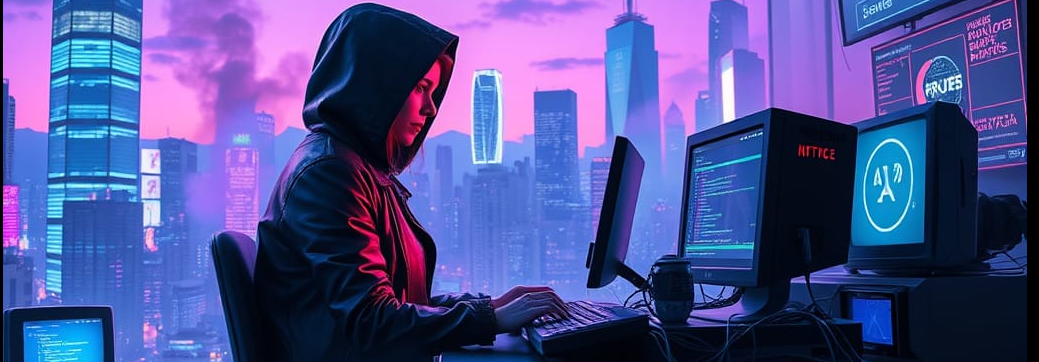In an age where our lives are increasingly intertwined with technology, ensuring the security of our online accounts has never been more critical. One of the most effective ways to enhance your account security is through Multi-Factor Authentication (MFA). While the term may sound technical, understanding MFA is essential for anyone looking to protect their personal information from unauthorized access.
What is Multi-Factor Authentication?
Multi-Factor Authentication is a security measure that requires users to provide two or more verification factors to gain access to an account. Unlike traditional single-factor authentication, which typically relies solely on a password, MFA adds additional layers of security. This means that even if someone manages to steal your password, they would still need to provide another form of verification to access your account.
MFA typically involves three types of factors:
- Something You Know: This is usually your password or a PIN. It’s the first line of defense against unauthorized access.
- Something You Have: This could be a physical device, such as a smartphone or a security token. For example, you might receive a text message with a code that you need to enter after inputting your password.
- Something You Are: This refers to biometric verification methods, such as fingerprint scans or facial recognition. These methods are becoming increasingly popular as they provide a unique way to verify identity.
By requiring multiple forms of verification, MFA significantly reduces the risk of unauthorized access. Even if a hacker manages to obtain your password, they would still need the second factor to log in, making it much harder for them to breach your account.
Why is MFA Important?
The importance of MFA cannot be overstated. Cybersecurity threats are on the rise, with hackers employing increasingly sophisticated methods to gain access to personal information. According to recent studies, accounts protected by MFA are far less likely to be compromised than those that rely solely on passwords. By implementing MFA, you are taking a proactive step to safeguard your sensitive data, including emails, financial information, and personal details.
How to Enable MFA on Popular Platforms
Enabling MFA is a straightforward process, and many popular platforms offer this feature to enhance account security. Here’s how you can enable MFA on some of the most widely used services:
- Gmail: To enable MFA for your Gmail account, follow these steps:
- Go to your Google Account settings.
- Click on “Security” in the left-hand menu.
- Under “Signing in to Google,” select “2-Step Verification.”
- Follow the prompts to set up your preferred verification method.
- For a detailed guide, check out Google’s Help Center.
- Facebook: To set up MFA on Facebook:
- Go to your Facebook settings.
- Click on “Security and Login.”
- Find the “Use two-factor authentication” section and click “Edit.”
- Choose your preferred method for receiving codes and follow the instructions.
- For more information, visit Facebook’s Help Center.
- Outlook: To enable MFA for your Outlook account:
- Sign in to your Microsoft account.
- Go to “Security” and select “Advanced security options.”
- Under “Two-step verification,” click “Set up two-step verification.”
- Follow the prompts to complete the setup.
- For further assistance, refer to Microsoft’s Support Page.
Conclusion
In conclusion, Multi-Factor Authentication is a vital tool in the fight against cyber threats. By requiring multiple forms of verification, MFA adds an essential layer of security to your online accounts, making it significantly more difficult for unauthorized users to gain access. As cyber threats continue to evolve, taking proactive steps to protect your personal information is crucial. Enabling MFA on your accounts is a simple yet effective way to enhance your security and safeguard your digital life. Don’t wait until it’s too late—take action today to protect yourself!
